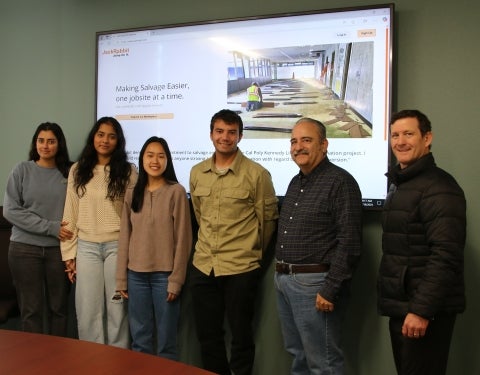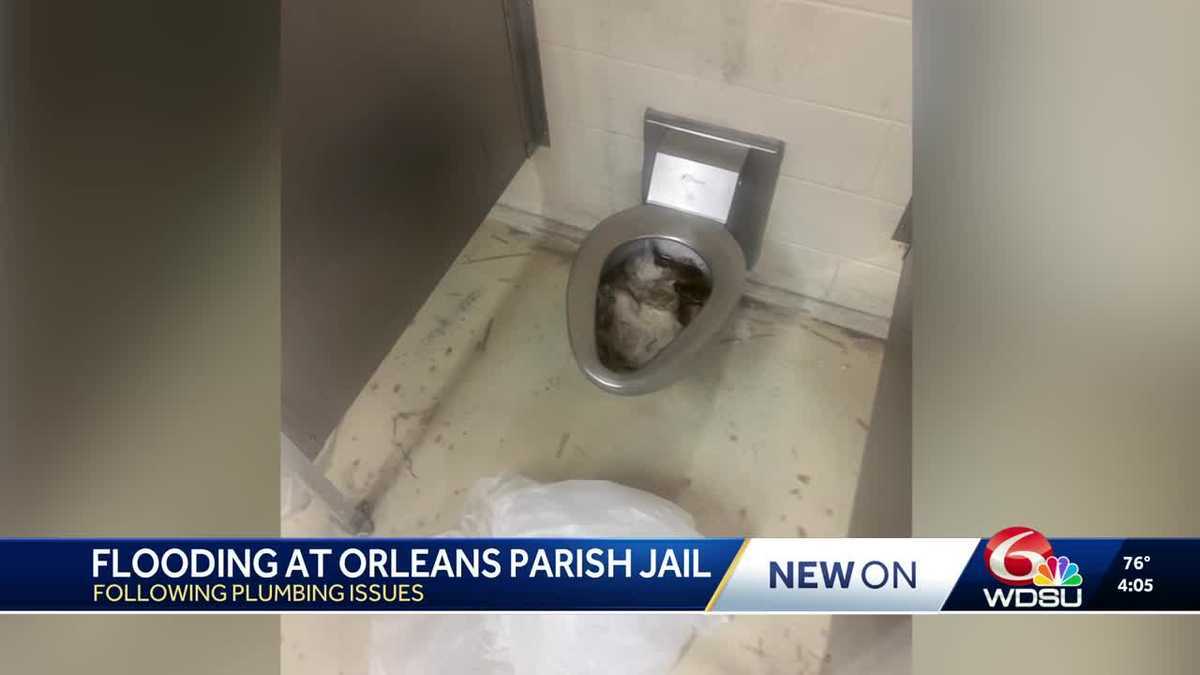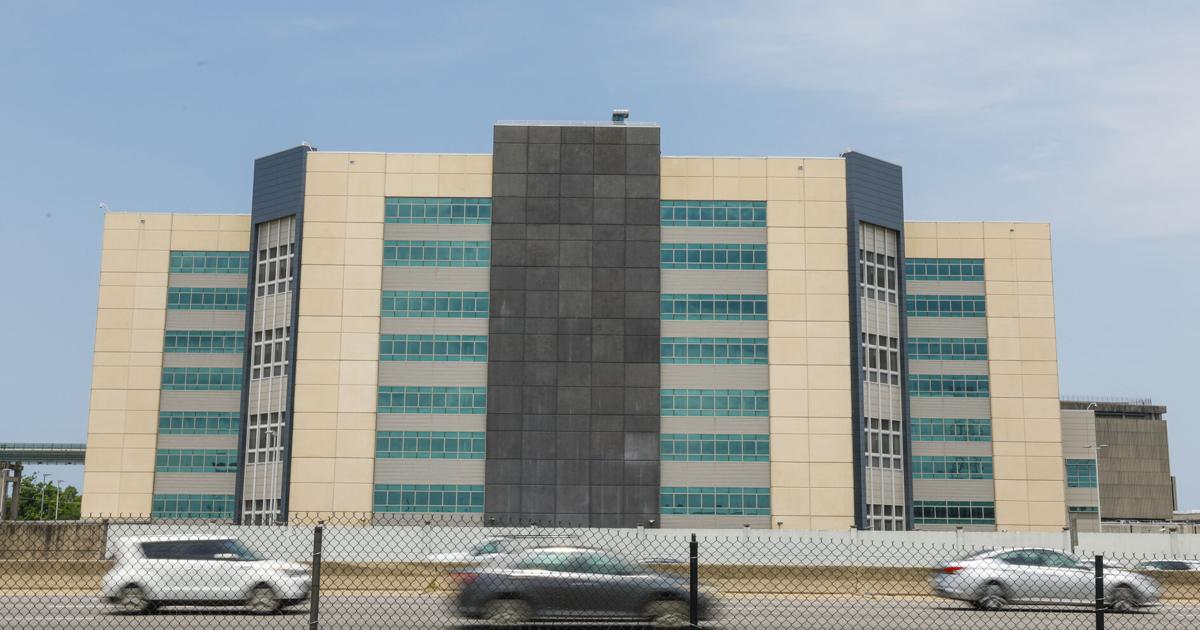Smart products are becoming increasingly common across industries. Homeowners, in particular, are looking to integrate Internet of Things (IoT) devices to lower bills, boost security or simply make life more convenient. Smart plumbing is seeing strong growth amid this trend.
By the end of 2023, there were a staggering 16.6 billion IoT devices connected worldwide. Another two billion could join them before 2024 is up. With such massive adoption rates, it’s only natural that plumbing would see some changes from this growing technology segment. As it does, contractors must familiarize themselves with popular smart plumbing tech to meet the market’s needs.
Automatic Leak Detection
Leak detection sensors are among the most popular smart plumbing technologies today. These gadgets can recognize burst, frozen or otherwise damaged pipes in real time and automatically alert homeowners to the issue. Some even feature automatic shut-off functionality, leading to a 96% decrease in water-related insurance claims for the houses using them.
Given how much money the devices can save and the damage they prevent, plumbers should consider marketing them to customers. Selling and installing smart leak detectors could provide a valuable new source of revenue as consumers learn of their benefits.
Leak detection and shut-off gadgets are typically straightforward to install. It’s often as simple as attaching the system to an existing valve and plugging it in. Such ease of installation makes it additionally promising as a service, as plumbers won’t need much training or experience to manage them effectively.
Maintenance Sensors
Maintenance and usage sensors are a similar category. Like leak detectors, these devices monitor real-time data and make insights remotely accessible via a companion app. However, instead of looking for leaks, they report on the plumbing system’s general state of repair or users’ water usage habits.
IoT maintenance solutions represent a shift in plumbing workflows. Conventional wisdom holds that most home installations require repairs twice a year, but smart alternatives pave the way for needs-based rather than schedule-based care. While that could take away some business if the devices lead to less frequent repairs, it also provides a marketing opportunity.
Plumbers installing such equipment can promote how it saves customers money in the long run while charging more upfront for the technology. It also wouldn’t require significant time or investment from contractors, as the devices simply attach to water pumps and pipes the same way leak detectors do.
Smart Water Heaters
Larger plumbing appliances are also seeing innovation from the smart tech movement. IoT-connected water heaters provide many of the same benefits as maintenance and usage sensors but in an all-in-one package instead of retrofitting equipment to an existing system.
Consumers are likely less eager to buy a new tank than to install a sensor. However, professionals can remind them they should replace heaters every 10 years before explaining the benefits of a smart alternative. Today’s smart heaters include functionality like leak detection, automatic shut-offs, usage insights and automatic adjustments to reduce waste.
Such features can save homeowners money on their monthly water and energy bills—a fact plumbers can emphasize to encourage sales of this equipment. Installation considerations will vary between models, but smart appliances generally work the same as conventional options with the added step of connecting to the home’s Wi-Fi network. Contractors can work with manufacturers to learn how to perform these steps effectively and offer more value to clients.
Water Recycling Systems
Smart recycling systems are similar in that they’re expensive upfront but promise long-term savings. These may also be ideal for plumbers to learn to install, as they’re an addition to a home’s plumbing, not a replacement for an existing asset. Consequently, they can boost revenue without sacrificing ongoing business.
Greywater recycling equipment reroutes gently used water toward toilets or lawn irrigation. As such, they require extensive installation that often includes laying new pipes and implementing additional valves. While the learning curve may be steeper than some alternatives, the complexity means plumbers won’t have to compete with DIY-ers for the task.
One crucial thing to keep in mind here is that local regulations around recycling systems vary widely. Outdoor greywater use is illegal in Florida, but indoor usage is permitted. Many states require specific permits for it, while others lack legislation about it entirely. As a result, look closely to your local plumbing code before offering water recycling services.
Smart Appliances Connected to Water Lines
Plumbing companies should also recognize the growing trend of other smart appliances requiring a water line connection. Dishwashers, washing machines, toilets and similar smart home devices may need water to work correctly, raising the need for a certified plumber.
While all IoT solutions can be helpful, additional water line connections mean more opportunities for leaks to occur. Contractors should warn customers of the potential risk.
Communicating hazards to consumers can improve a company’s reputation, encouraging future business. Similarly, plumbers can promote their services by emphasizing the need for a trained professional to install water-connected appliances to prevent the worst outcomes.
Plumbers Must Stay Ahead of Smart Tech Trends
Smart plumbing technology opens opportunities and challenges for today’s professionals. Recognizing the need for expert services and learning how to implement this equipment effectively is key to capitalizing on the shift. These five trends and considerations are a good place to start for plumbers seeking to expand and modernize their business.









